
Bet no one thinks “glacier” when they picture Nevada. But yes, it’s real—and it’s sticking around for now. Hidden inside Great Basin National Park, this icy survivor tells a bigger story about nature’s timing and human impact. It’s not dramatic, just quietly impressive. And once you learn how it exists, you’ll never see the desert the same way again.
This Glacier Formed Over Thousands Of Years

While Nevada is better known for deserts than ice, Wheeler Peak Glacier is the state’s only glacier. It began forming around 10,000 years ago during the Last Glacial Maximum of the Holocene Epoch. Over time, the ice has slowly shifted, carving out moraines and sculpting the rugged terrain around it.
The Glacier Sits On Rock, Not Bedrock Ice
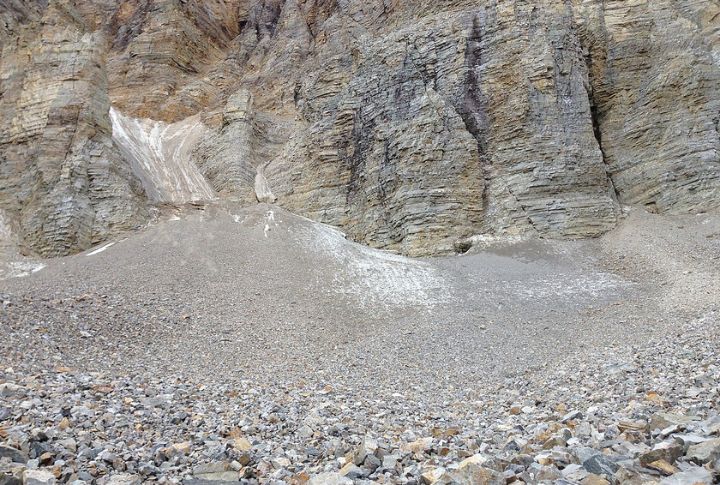
Wheeler Peak Glacier is classified as a rock glacier, meaning it’s a mix of ice and embedded rock debris rather than a pure ice mass. The rocky layer insulates the ice beneath, slowing its melt compared to exposed ice surfaces. It’s part of what allows it to persist in such an unlikely climate.
Wheeler Peak Glacier Is Nevada’s Largest Ice Formation
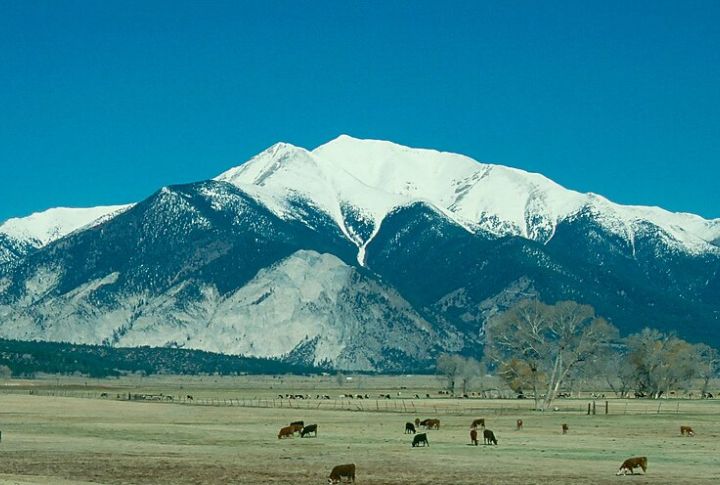
Wheeler Peak Glacier is Nevada’s only glacier, making it the state’s largest ice formation by default. Sheltered beneath the slopes of Wheeler Peak in Great Basin National Park, this modest rock glacier endures as a rare alpine remnant in an otherwise dry and rugged desert expanse.
High Elevation Helps The Glacier Retain Ice

At over 11,000 feet above sea level, Wheeler Peak Glacier sits in a natural freezer. This lofty location helps limit direct sunlight and maintains cooler temperatures, which is vital for ice retention. Without the elevation advantage, Nevada’s last glacier would have vanished long before the 21st century, especially if we take into account the rising global warming index.
The Glacier Reflects Environmental Shifts

Wheeler Peak Glacier expands in winter as snowfall accumulates, then retreats in summer due to melting and sublimation. While small, it’s one of the southernmost glaciers in the U.S., making it especially vulnerable to warming trends. Scientists even track these seasonal shifts to understand how climate and elevation affect glacier survival in arid regions.
Wheeler Peak Glacier Helps Show Signs Of Change

Wheeler Peak Glacier might not be big, but it reacts quickly to changes in the environment. When temperatures rise or snowfall drops, the glacier responds. Watching how it grows or shrinks over time can give people a better idea of what’s happening to nature in the region.
Hikers Reach The Glacier Via Wheeler Peak Trail

For those craving altitude and adventure, the glacier’s no secret. The Bristlecone/Glacier Trail offers a front-row view after a steep climb through bristlecone forests and alpine tundra. Hikers who make the journey often say the glacier feels like stepping into a cooler, untouched world hidden above the tree line.
Melting Ice Feeds Streams That Support Local Wildlife
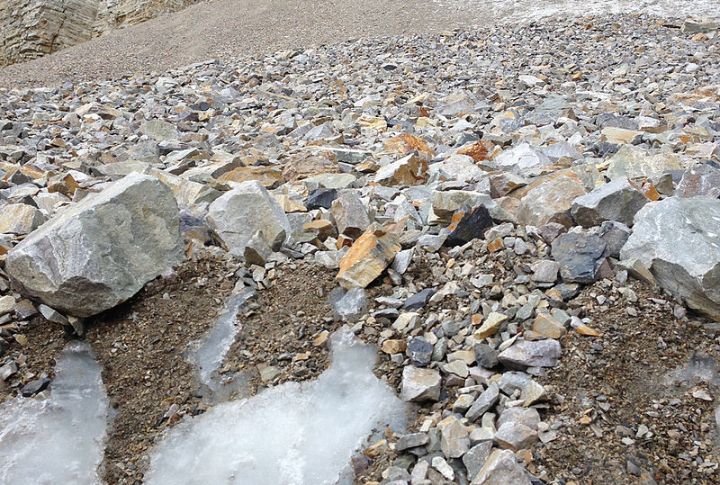
When the glacier melts, the water doesn’t go to waste. It flows into small mountain streams that help keep the area alive. These chilly streams provide clean water for animals like frogs, insects, and deer. Without the glacier, much of this quiet support system could dry up.
Limited Tourism Keeps The Glacier Undisturbed
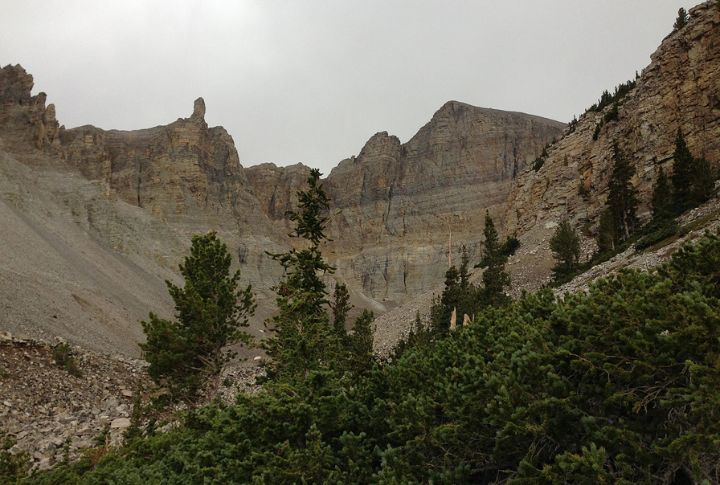
You won’t find the glacier featured in every brochure, and that helps protect it. Fewer visitors mean the area stays quieter and cleaner. Without the usual wear and tear from heavy tourism, the ice also remains in better shape and continues to last a little longer.
Rising Temperatures Threaten The Glacier’s Future
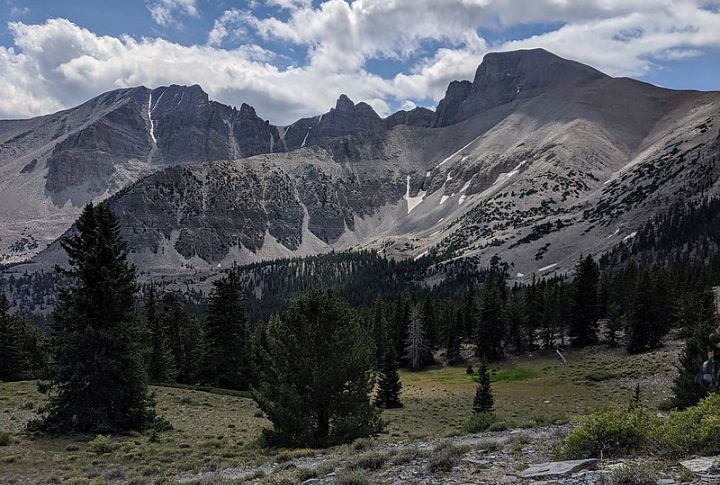
Wheeler Peak Glacier is getting smaller, and the reason is clear—temperatures are going up. As the weather gets warmer, the glacier loses more ice than it can rebuild each year. If this continues, it may disappear completely in the coming decades, taking a piece of Nevada’s natural history with it.
